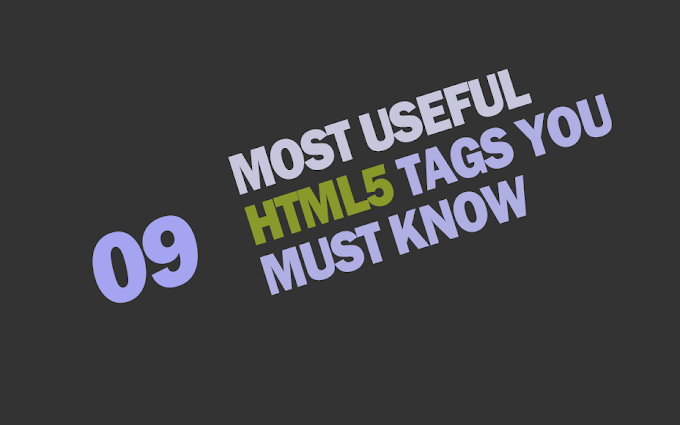React is a powerful JavaScript library for building user interfaces, and props are an essential part of the React ecosystem. In this blog post, we'll take a deep dive into props and explore how to use them effectively in your React applications.
What are Props in React?
Props, short for properties, are input values for a React component. They are passed from a parent component to a child component using JSX attributes, and they are read-only, meaning that a component cannot modify its props, but can only use them for rendering purposes.
For example, consider the following component:
class Greeting extends React.Component {
render() {
return <h1>Hello, {this.props.name}!</h1>;
}
}
We can pass a prop called name to this component like this:
<Greeting name="Alice" />
When the Greeting component is rendered, it will display a heading saying "Hello, Alice!".
Types of Props in React
Props can be of any type, such as numbers, strings, booleans, arrays, and objects. For example, here's a component that accepts several different types of props:
class Article extends React.Component {
render() {
return (
<div>
<h1>{this.props.title}</h1>
<p>{this.props.content}</p>
<p>Written by {this.props.author}</p>
<p>{this.props.likes} likes</p>
<ul>
{this.props.tags.map(tag => (
<li key={tag}>{tag}</li>
))}
</ul>
</div>
);
}
}
<Article
title="Introduction to Props in React"
content="Props are a way for components to receive data..."
author="Alice"
likes={100}
tags={["react", "javascript", "ui"]}
/>
In this example, the Article component has five props:
- title (string)
- content (string)
- author (string)
- likes (number)
- tags (array)
Each prop is used to render a different piece of the component's UI.
Default Props in React
Sometimes, a prop may not be provided to a component. For example, the likes prop in the Article component above is optional. In this case, we can specify a default value for the prop using the defaultProps property:
Article.defaultProps = {
likes: 0
};
Now, if the likes prop is not provided, the component will use the default value of 0 for the likes prop. This is a useful way to provide a fallback value for a prop in case it is not supplied.
PropTypes in React
PropTypes is a way to specify the type of a prop. It's a good idea to use PropTypes to ensure that your components are being passed the correct type of props. For example, if a component expects a prop to be a string, you can use PropTypes to check that the prop is indeed a string.
To use PropTypes, you'll need to install the prop-types package from npm. Then, you can import the prop-types module and use the PropTypes object to check the type of a prop. Here's an example of how to use PropTypes with the Article component from earlier:
import PropTypes from "prop-types";
class Article extends React.Component {
static propTypes = {
title: PropTypes.string.isRequired,
content: PropTypes.string.isRequired,
author: PropTypes.string.isRequired,
likes: PropTypes.number,
tags: PropTypes.arrayOf(PropTypes.string)
};
render() {
// ...
}
}
In this example, we've used PropTypes to specify the types of each prop for the Article component. The title and content props are required and must be strings, the author prop is required and must be a string, the likes prop is optional and must be a number, and the tags prop is optional and must be an array of strings.
Using PropTypes can help catch mistakes early on, and it can also serve as documentation for other developers who may be working on your code.
Conclusion
Props are an important part of the React ecosystem, and they provide a way for components to receive data from their parent components. By mastering the use of props, you can build more reusable and flexible React components.
I hope this guide has been helpful in understanding the basics of props in React. If you have any questions, feel free to leave a comment below. Happy coding!





![[Cupons] Paid udemy courses for free](https://blogger.googleusercontent.com/img/b/R29vZ2xl/AVvXsEgYa-f_8UEE95d9stpdRzq6_DUq19avn09M2CVWIuQGI_PwaZBMcNhuHmPZQsw81GMeWwUY2Q-Cr66RoAmMq1f_pok6pdv-W86qc9_wWSxqXEq_RHYyRY0Ldly_yi2DSfyed4Cxiks6Nbzp/w680/Paid+udemy+courses+for+free.png)






0 Comments
If you have any question please ask?